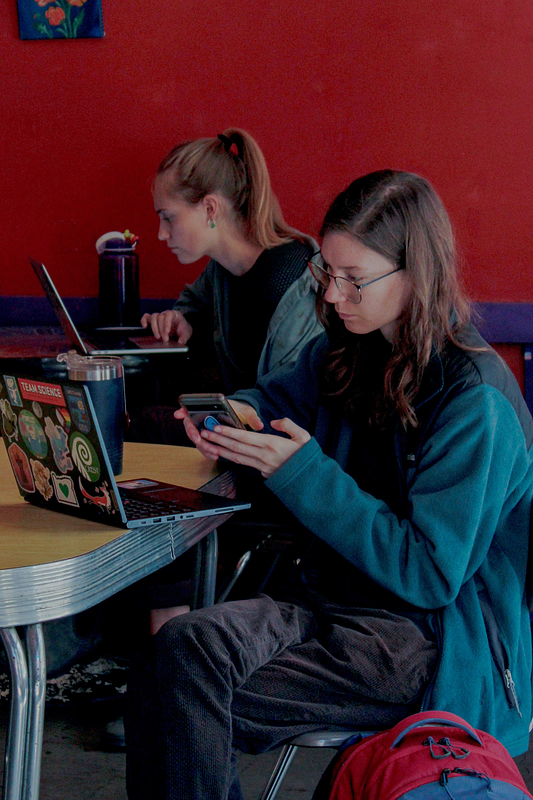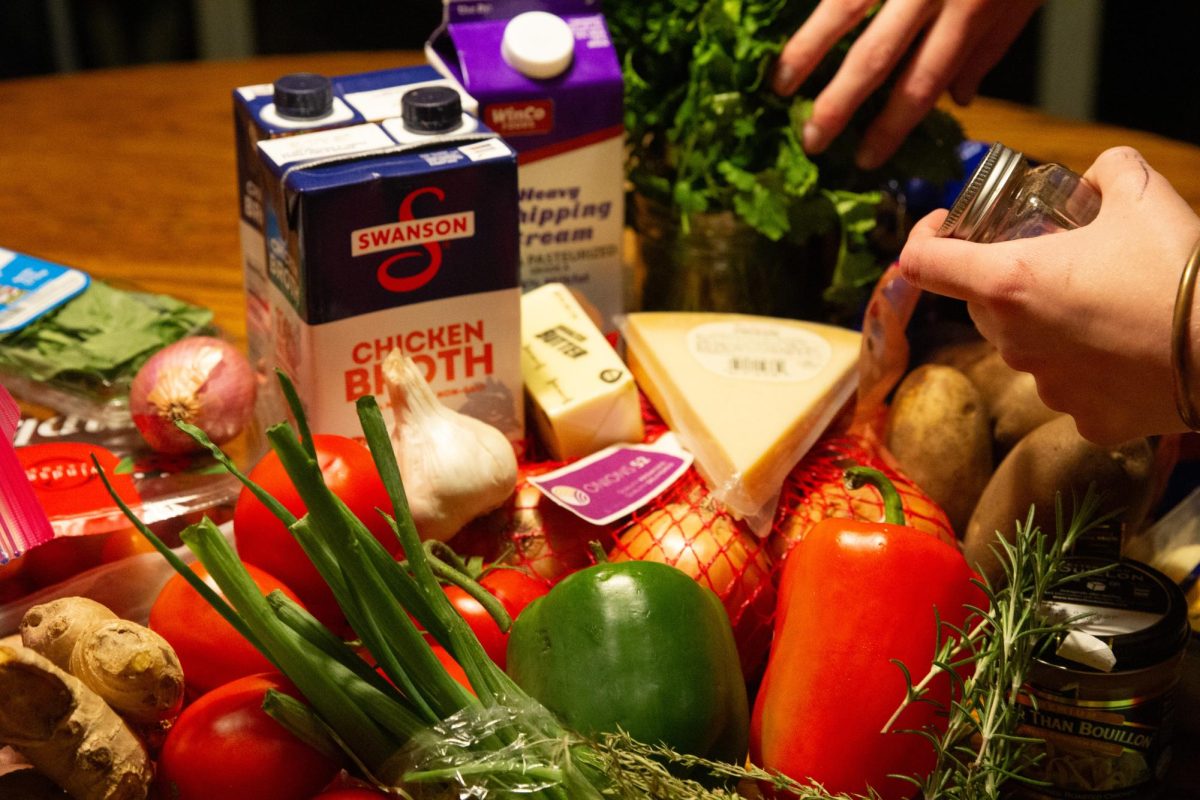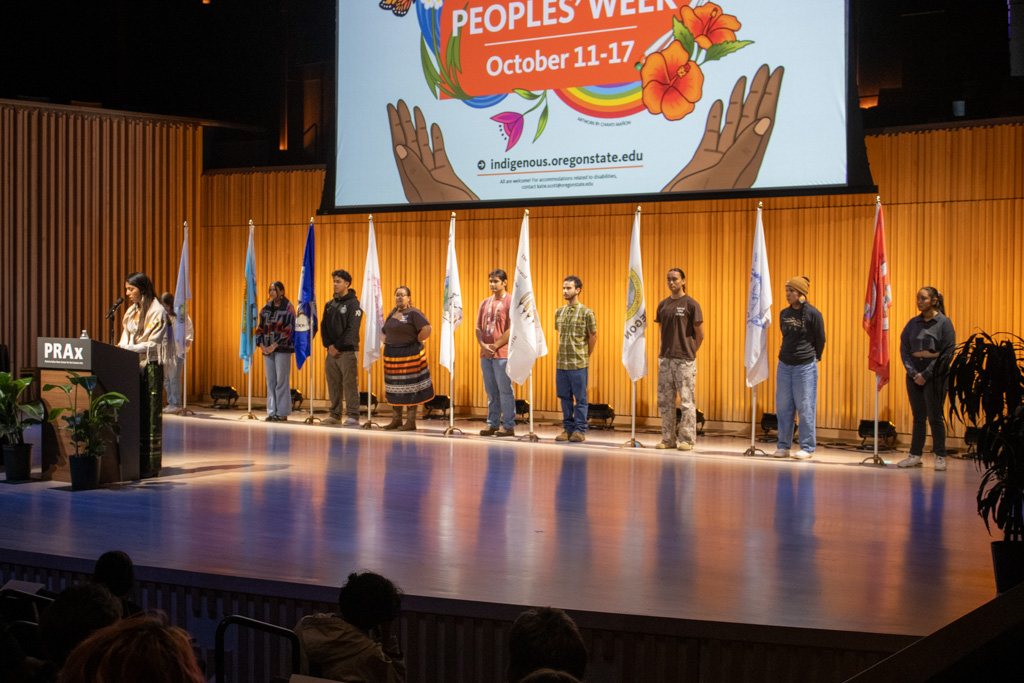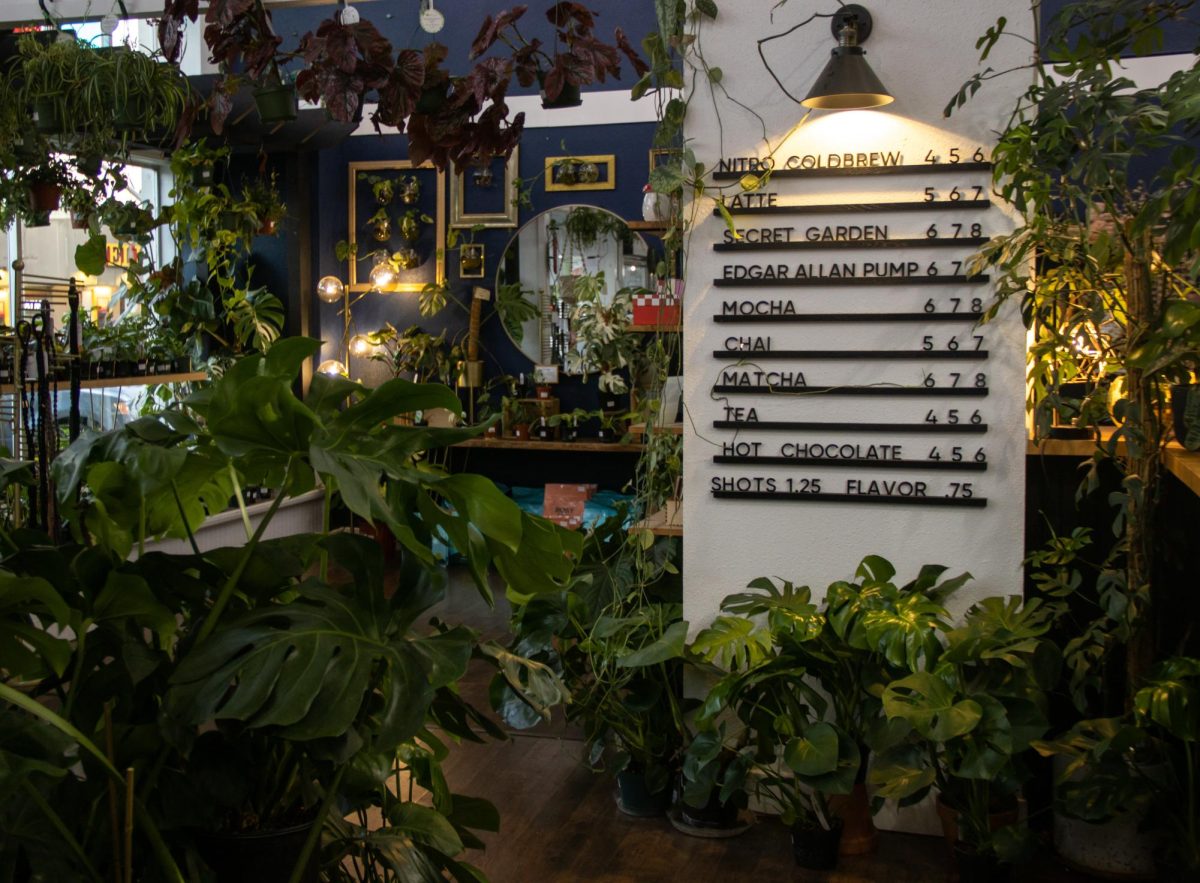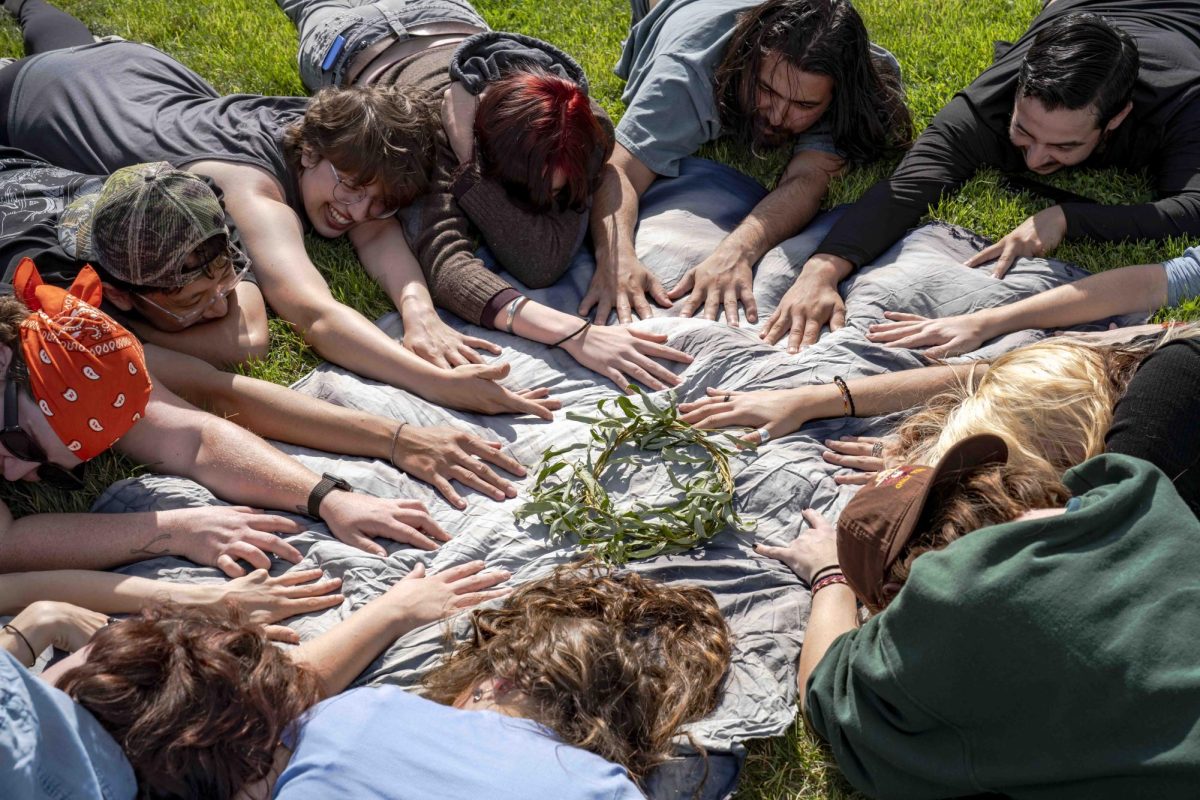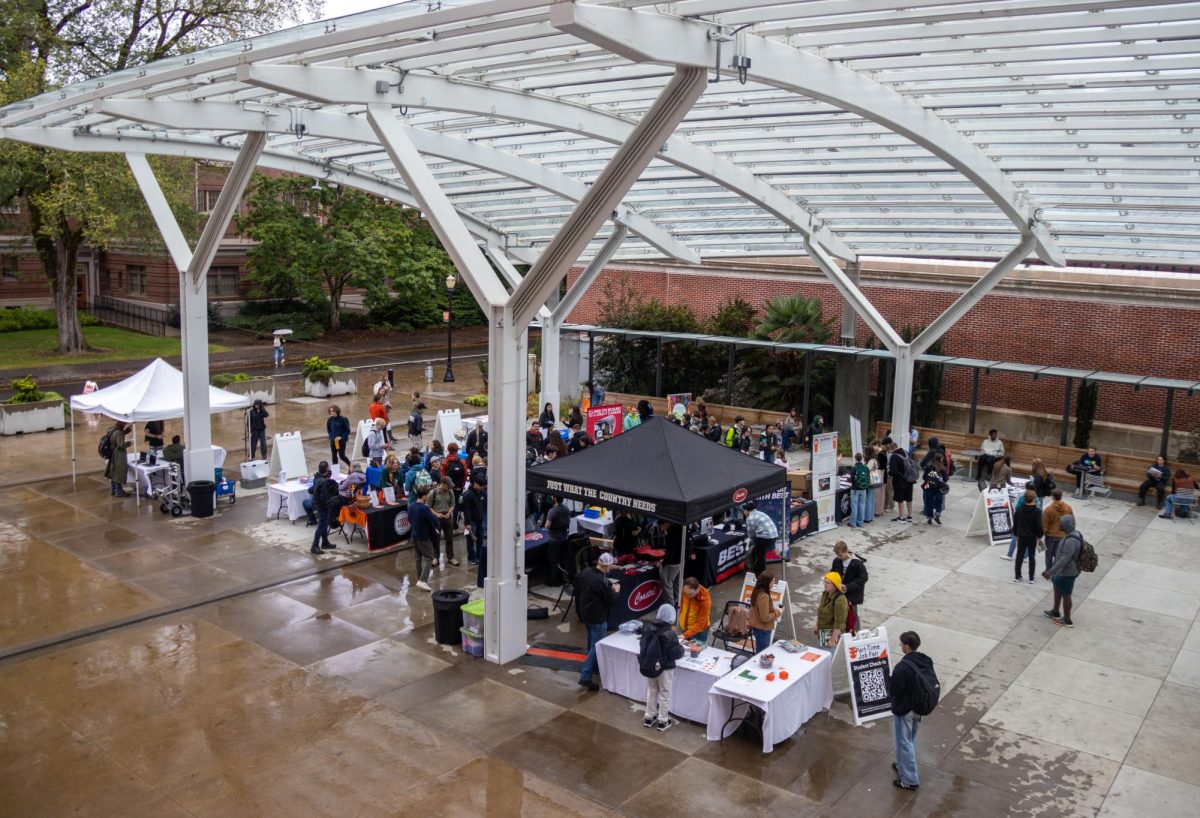The honeymoon phase. That fabled, feel-good slice of heaven.
Believe it or not, according to Oregon State University’s Kristen Yax, a psychology professor, the honeymoon phase is no fable.
According to Yax, during the beginning of a new relationship couples do often report heightened feelings of passion, euphoria and intimacy.
Couples report the highest levels of satisfaction and passionate love, and research has also shown that during the honeymoon phase, individuals tend to idealize their partners and perceive the relationship more positively than it might be in the long term.
Psychologically speaking, a number of different factors play a role in this.
According to Yax, those involved in new relationships tend to put their best foot forward and share the most likable trait about themselves.
In psychology, this can be explained by social penetration theory, which posits that we disclose information about ourselves in two notable ways: breadth and depth. Breadth refers to the number or range of topics that are discussed, while depth refers to the intimate details shared about such topics.
“Most people would not share their deepest darkest secret on a first or second, or third date,” Yax said.
According to Yax, at the beginning of a new relationship we are also more willing to idealize a partner. While this helps build a close a positive connection, this can cause those involved to overlook any flaws or red flags that may later become an issue.
Biologically speaking, some of the main culprits of this phenomena are dopamine and norepinephrine – two neurotransmitters associated with pleasure, reward and arousal.
“When building a connection very early on in a relationship, these reward pathways are constantly being triggered, which then releases dopamine, makes us feel good about our partner, and initiates further engagement,” Yax said.
According to Yax, another biological explanation is the release of oxytocin, which has gained the “love hormone” nickname for its critical role in attachment and forming bonds. It too is often released during the honeymoon phase to help initiate more intimate connections.
Unfortunately, all good things must come to an end.
At what point during a relationship the honeymoon phase comes to an end is not set in stone, but rather influenced by a number of things. How often couples see each other, if they were friends before, shifting priorities, and the couple’s level of comfort with each other – among many others are all influences.
“I think a lot of people just get so excited for this period (the honeymoon phase) and then they break up after that point,” said Madison Moore, a second-year animal sciences major. “Because like, ‘why is it not as exciting?’”
We can return to the social penetration theory to help explain why getting closer and more comfortable with someone can cause problems.
According to Yax, the honeymoon phase is a chance to explore each other in breadth – not necessarily in depth. Once we start sharing more about our flaws and provide a more well-rounded picture of who we are, the honeymoon phase is impacted. For better or for worse.
Getting close isn’t all bad, though. Routine and comfortability can also bring an end to the honeymoon phase. Having less and less exciting and positive experiences together will impact this, but it doesn’t mean they’re replaced by negative ones.
Hannah Luu, a third-year biochemistry major at OSU summed it up.
“Just because you get comfortable doesn’t mean you get to be lazy,” Luu said.
Whatever place a relationship is in, it is important to understand that each one will navigate the honeymoon phase a little differently.
While the relationship still exists in this feel-good honeymoon state, “enjoy the excitement of it all,” Yax said.
But it’s also important to keep a few other things in mind.
Setting realistic expectations, even early on, can help build a stable foundation.
According to Yax, discussing individual and coupled goals for the future can help get all parties on the same page, and open lines of communication if (or, more likely, when) these goals change.
Similarly, it’s important for each individual involved to keep their own sense of self.
“Leave plenty of room in your life for other priorities that are a central part of the college experience,” Yax said. “This can help maintain your individual identity and build networks outside of a single relationship.”
When the honeymoon stage ends, Yax recommends prioritizing open and honest communication and embracing the changes that will naturally come with establishing a more mature and committed relationship. Keeping the novelty in the relationship can also help keep the excitement alive.
To do this, Moore had a few recommendations.
“Have more fun sex,” Moore said. “Read more articles, read some books… genuinely that’s like the most fun ever. Try new toys, have fun with it.”
Carmen Arnold, a third-year biology major at OSU thought similarly.
“I would say just like trying to do things, as best you can, for the other person and trying to stay excited about doing things with them,” Arnold said.
As fun as the honeymoon phase is, what comes after can be just as good, if not better.
“Once you are ready to truly invest in a long-term meaningful connection, the honeymoon phase will only be a small chapter in that story,” Yax said.


